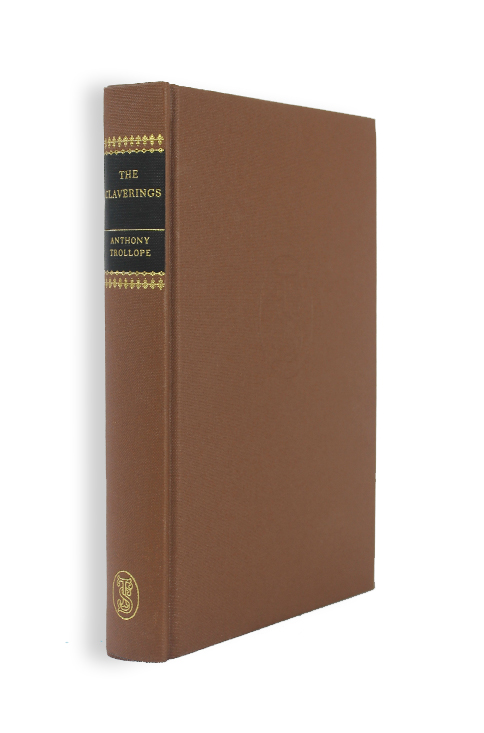Claverings, The
£35.00
Available to members only
Introduction by Max Egremont
16 original illustrations by Mary Ellen Edwards
478 pages
First published in book format: London, Smith, Elder and Co., 1867. 2V.
Originally published in The Cornhill Magazine, Feb 1866 – May 1867.
The Claverings is the best wrought of the novels designed for The Cornhill, and as surely conceived as any book he ever wrote.
Sadleir
It is a novel of atmosphere, and the atmosphere is of that sort very dangerous for the English novelist, the atmosphere captured so supremely well by Thackeray the green-lighted, close-scented gambling rooms, the shabby adventures of half-deserted spas, the shelving beaches of foreign watering-places, concealed accents, stolen passports, impoverished counts and impertinent ladies’ maids…. Trollope’s most serious attempt to escape from his own personality.
Walpole
At the still centre of The Claverings is a minutely observed tragedy of manners, seen through the eyes of the beautiful, selfish Lady Julia Ongar, and the vacillating, arrogant Harry Clavering.
Harry is jilted by the then Julia Brabazon with Trollope’s customary brutality in the opening paragraphs of the story, being thrown over by her in favour of marriage to the wealthy, dissolute Lord Ongar. Julia and her husband leave for the Continent, while Harry finds solace in a romance and subsequent engagement to Florence Burton, the daughter of his new employer.
The whole affair seems comfortably settled; however, Lord Ongar’s dissipation abroad leaves Julia a rich widow, but also the subject of (unfounded) rumours about her infidelity — rumours which originated from her husband. She returns to England, shunned by Society and thus friendless, save for Harry Clavering, who now vacillates hopelessly between his new fiancée and his old Julia, for whom his feelings have revived.
The novel is about love and marriage: for Julia the absolute separateness of the two; for Harry their indivisibility. Cleverly, Trollope makes Harry the one who has to choose. He sets the tale both in the country and in London: the huge, uncomfortable Clavering Hall belonging to Harry’s uncle Sir Hugh, a sterile household, long since bled dry of any joy; and then London, but a London of seedy gambling houses and the creepy Sophie Gordeloup, who has attached herself leech-like to Lady Julia. She is one of Trollope’s best wicked women: perhaps not quite a lady, perhaps not even a Russian spy. The premise is simple: Lady Julia has a considerable income, and several suitors. All they want is her money; all she wants now is happiness, all chance of which she threw away by jilting Harry.
The resolution of the novel is subtly ironic, and yet we are left with an unpleasant taste. Not for Trollope the easy solutions of contemporary authors, for in some respects the wrong people are rewarded: there is a certain brutal twentieth century honesty about Lady Julia Ongar which is lacking in the gutless betrayals of Harry Clavering. But Trollope was best at that very thing: writing about women born out of their time.
